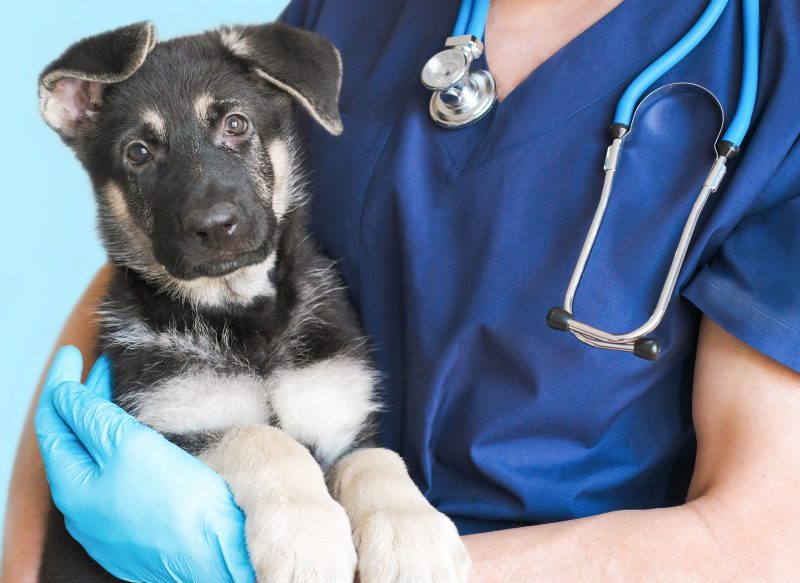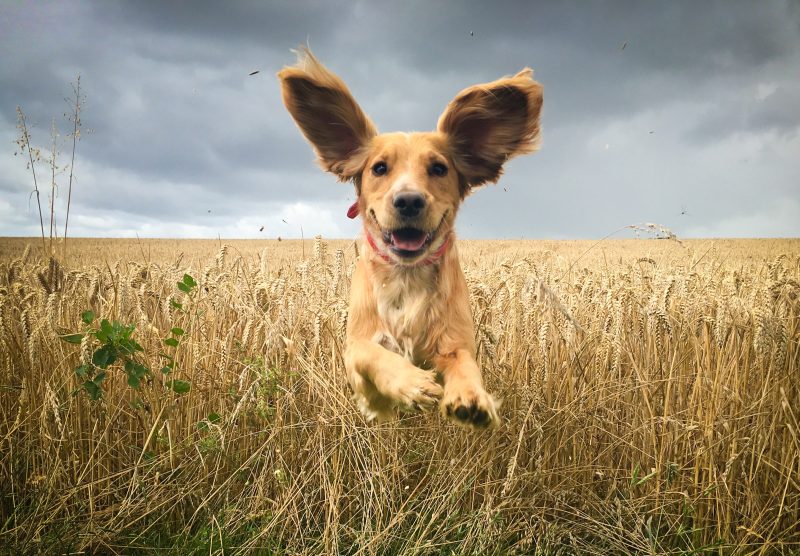Time to read: 8 mins
The wind, rain, sleet and snow are back! While we are wrapping up to keep warm and dry while we are outside, we need to think about keeping our pets comfortable and healthy too.
You may ask, why is this an issue when they already have a coat on?
A warm coat of hair or fur works to protect animals in the wild but that may not be enough for our pets. Here’s why:
- Pets that spend most of their time with us in our heated homes are used to temperatures that would not be found in the wild.
- We like to keep our pets clean and tidy. Bathing our pets when they need it keeps them fragrant and can promote healthy skin but it also reduces their coats’ natural waterproofing properties.
- Grooming techniques including stripping, cutting, or clipping, regular brushing and combing also helps keep the skin and coat healthy. They can also reduce the effectiveness of the coat to trap warm air and keep our pets warm in Winter.
- Older pets and those with health conditions that cause coat thinning or muscle wastage may feel the cold more than when they were younger. If this is the case, you may need to rethink or update their bedding to a warmer option.
- Dogs without a double coat (think whippets, greyhounds, and similar breeds) should wear a warm waterproof coat outdoors in Winter. This includes other pets that have been bred to be hairless (like sphynx cats).
Common Winter hazards to look out for
While some hazards are easy to spot, others can be hidden but equally dangerous. Knowing what to look out for could keep your pet safe and save you a trip to the vets this Winter!
- Snow and ice may have been treated with rock salt that can dry out paws, causing cracking and wounds. It can also be harmful if your pet licks it off. Feet should be cleaned with warm water, checked, and dried thoroughly after walking. Don’t forget to rinse and dry between the toes.
- Keeping dogs’ feet clean of mud and other debris also allows you to check for anything that may have got stuck in the pads or between the toes, or for cuts from sharp ice. If you walk your dog in woodland, daily foot cleaning may also help prevent certain seasonal illnesses.
- Antifreeze often pools onto the ground where drivers have been topping up their cars or defrosting windscreens. This can be fatal if it is ingested, even in small amounts. Cats and dogs can both be affected so do not forget to check your feline friends too.
- Do not let your pet run or jump onto frozen water in ponds, lakes, and rivers.
- Some health conditions like arthritis can get worse in cold and wet weather. Sitting or lying on cold pavements or paths should be avoided. A supportive cosy bed placed away from draughts will help.
- Even free-ranging cats that are used to going outside should have access to a warm sheltered bed around the clock, so they don’t get too cold in the Winter months.
Winter swimming
- If your dog likes to swim, then you should limit the time they spend in the cold water between October and March to a few minutes only. When they are out of the water you should dry them quickly with a towel and get them out of the wind.
- If your pet is shivering after swimming, you should warm them gently. If they stop shivering and become lethargic then they could be hypothermic (this is when the body temperature becomes dangerously low). If this happens you should contact your vet immediately.
If it is cold for us it will be cold for our pets too! If you keep an eye out for hazards during and after walks and check your pets daily, you should be able to keep them safe and warm, whatever weather this Winter throws at us.
If you would like any advice about your pet’s health, call the Careline and one of our registered veterinary nurses will be able to answer any question you may have.
No matter what time of the year it is you will want your pet to be protected. Have a look at our wide range of cover levels to find a plan that suits you and your pet best. Get a free quote today.












